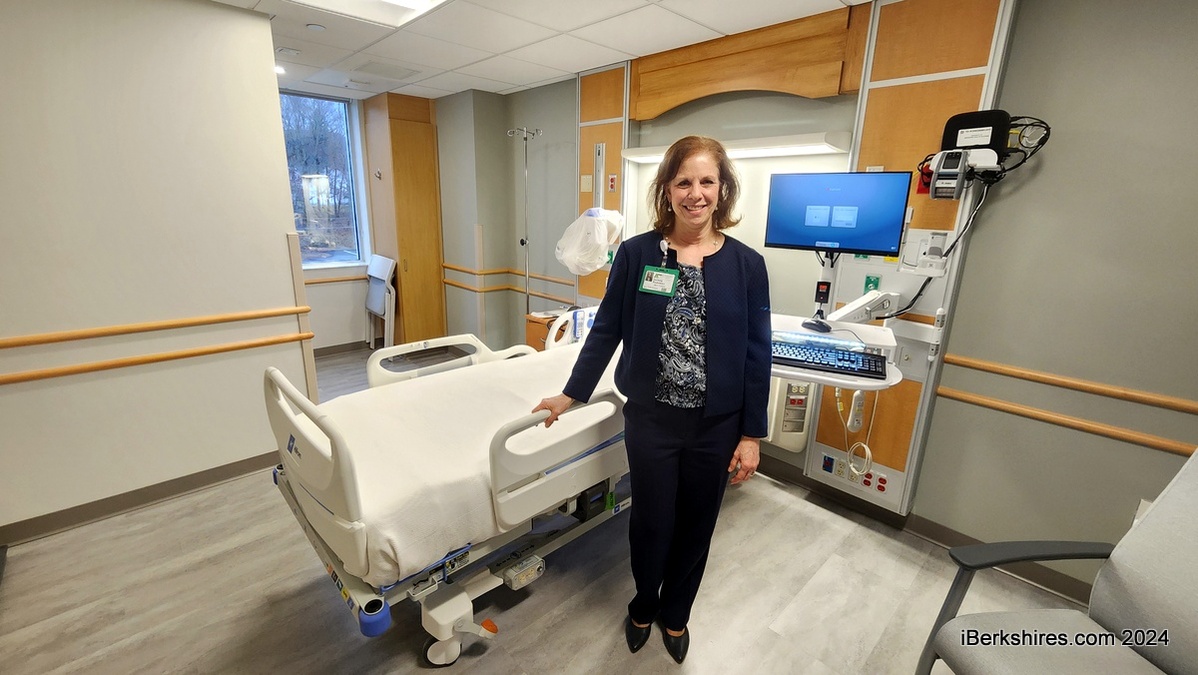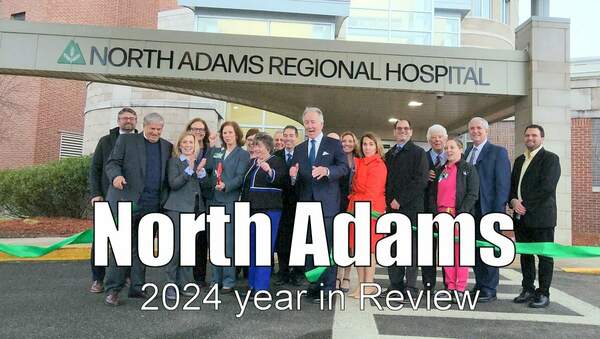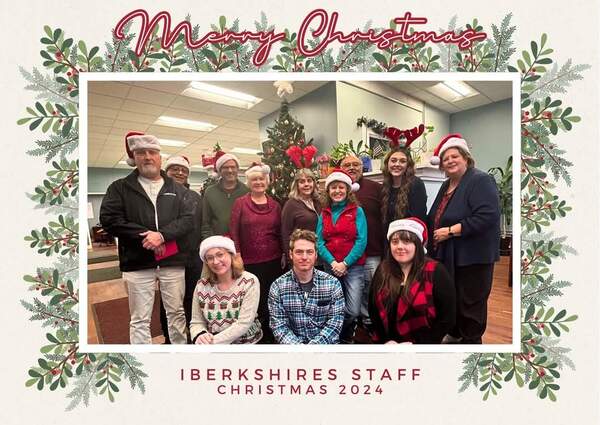








North Adams Presents School Project Options to Public
NORTH ADAMS, Mass. — There were few questions and little discussion from the community at Thursday's public information session on the options for Brayton/Greylock School project.
Julia McFadden and Jesse Saylor of TSKP Studio, the project designers, went over the history and elements of the options to a handful of people at the Brayton School Welcome Center; another 10 were logged through Zoom.
A meeting was held earlier in the day for faculty and staff.
The School Building Committee has met twice this month to review in more detail the three options still on the table — a Greylock renovation/addition, a completely new Greylock or a Brayton renovation.
The committee checked off elements including learning commons and STEAM spaces, flexible classrooms, internal connectivity, community use, traffic patterns and transportation, sustainability, locations and topography, natural light, professional work and timeout areas, security, and access to the outdoors and playgrounds.
All three are considered favorable in terms of design for education visioning goals such as student-centered learning, robust technology, parent engagement and social emotional learning and support.
But a new Greylock was the most favorable across the board while the Brayton renovation had the most least favorable or neutral rankings.
A renovated Greylock would have an airy 20,000 square-foot addition on the north side with large windows, a lobby and elevator. The roof line would be gabled to mimic Mount Greylock behind it and the courtyard would central to the design.
The entire building would be renovated.
A new Greylock would be built in the current parking area, allowing learning to continue while the building is constructed. This building would face the south for more light and the field and parking would be where the current school is located. The community areas — gym, auditorium, cafeteria — would be centralized on the west side with the playground.
The Brayton renovation would widen the entry drive and reconfigure the traffic circle to reduce obstructions and enhance pedestrian safety. The third floor would be opened up for a light well to the second floor and some excavation would be done around the lower classrooms for light. A small play area would be installed near the cafeteria and building would be shortened, though the exterior would not change much.
Greylock, at 55,000 square feet, would have to have another 20,000 square feet added based on enrollment figures; Brayton at 97,000, is too big so would have to be reduced. The enrollment figures are based on the new grade span of a prekindergarten to Grade 2 school and a Grade 3 to 6 school.
Two of the questions related to traffic and where the students would go during a construction. Saylor explained how the parking and traffic patterns would work for either Greylock, which would allow for two curb cuts for entry and exit and ways to separate buses and vehicles. The topography for Brayton would not allow for two separate egresses, but the driveway up the hill would be widened to three lanes to relieve bottlenecks and the traffic pattern reconfigured to try to keep buses and pedestrians safe.
Superintendent Barbara Malkas said the housing students during construction would depend on which option was selected. For either addition or renovation, the students would attend the school not under construction.
"We can think about how we can condense the student population because our enrollment would allow for that," she said. "That would speed up construction time and reduce costs."
A new Greylock School would solve these issues since the children could stay in place while the new school is being built across the way.
The entire presentation will be posted to the North Adams Public Schools website.
The School Building Committee is working toward an Oct. 26 submission to the Massachusetts School Building Authority. It is expected to review cost estimates on Oct. 12 and vote on a preferred option and then will meet with the School Committee for a submission vote on Oct. 17.
Rough estimates given in April put the cost range at a low of $25 million for a Brayton renovation to a high of $90 million for a new Greylock. The MSBA will cover up to 80 percent of eligible costs.
Should the MSBA's Facilities Assessment Subcommittee approve the preferred option, the project will move into Module Four for schematic design beginning in November. This is scheduled to take 18 weeks.
Any project would still need funding approval from the City Council and final approval from the MSBA Board of Directors.
Barring any obstacles, the new school would open in fall 2027.
Tags: brayton/greylock project, school project,
















